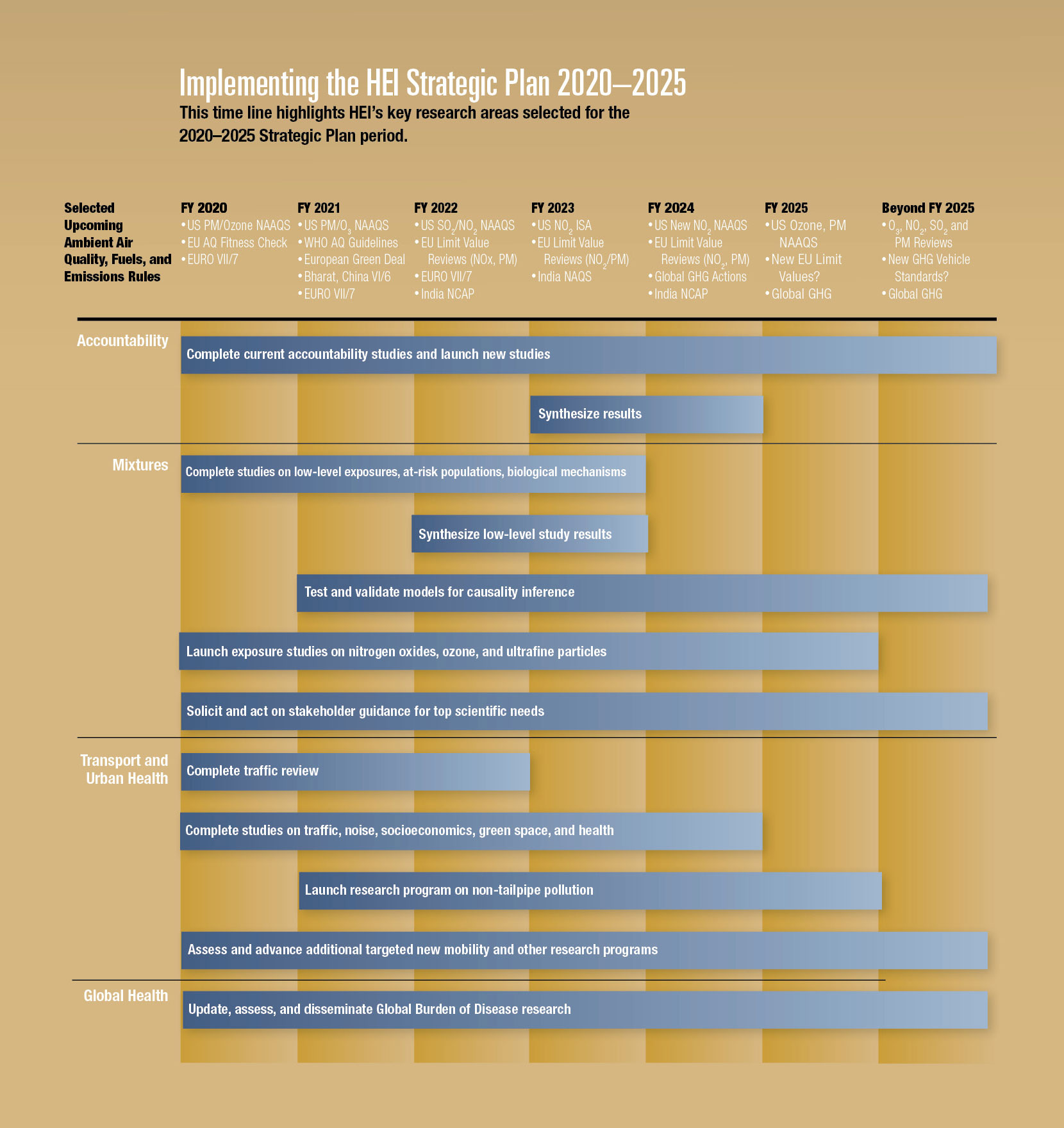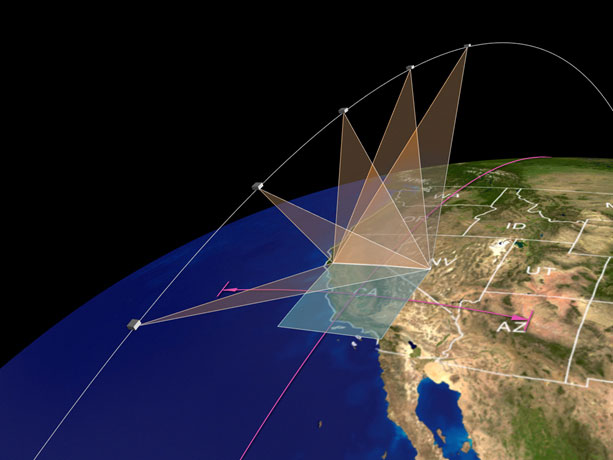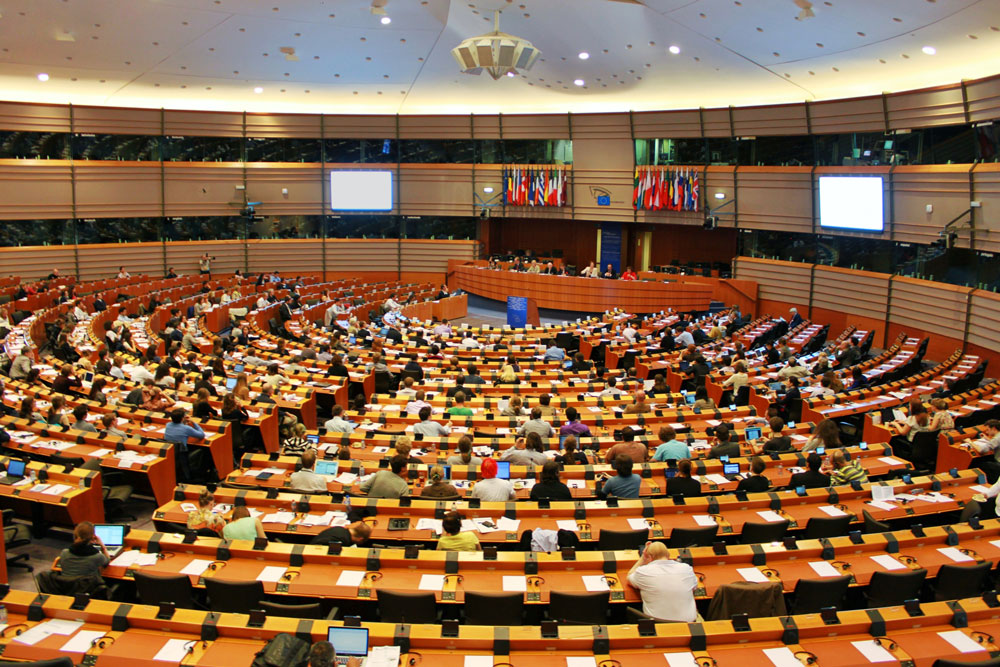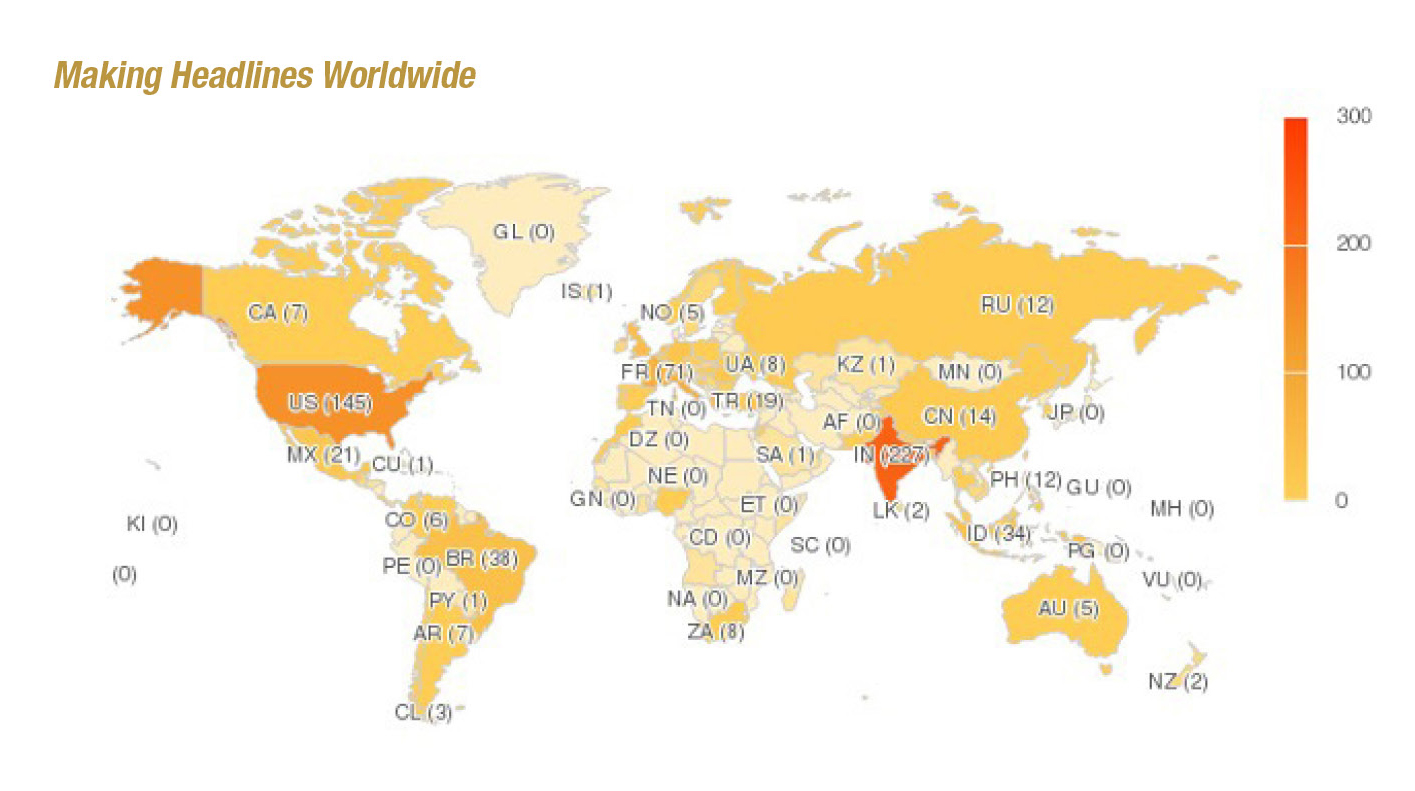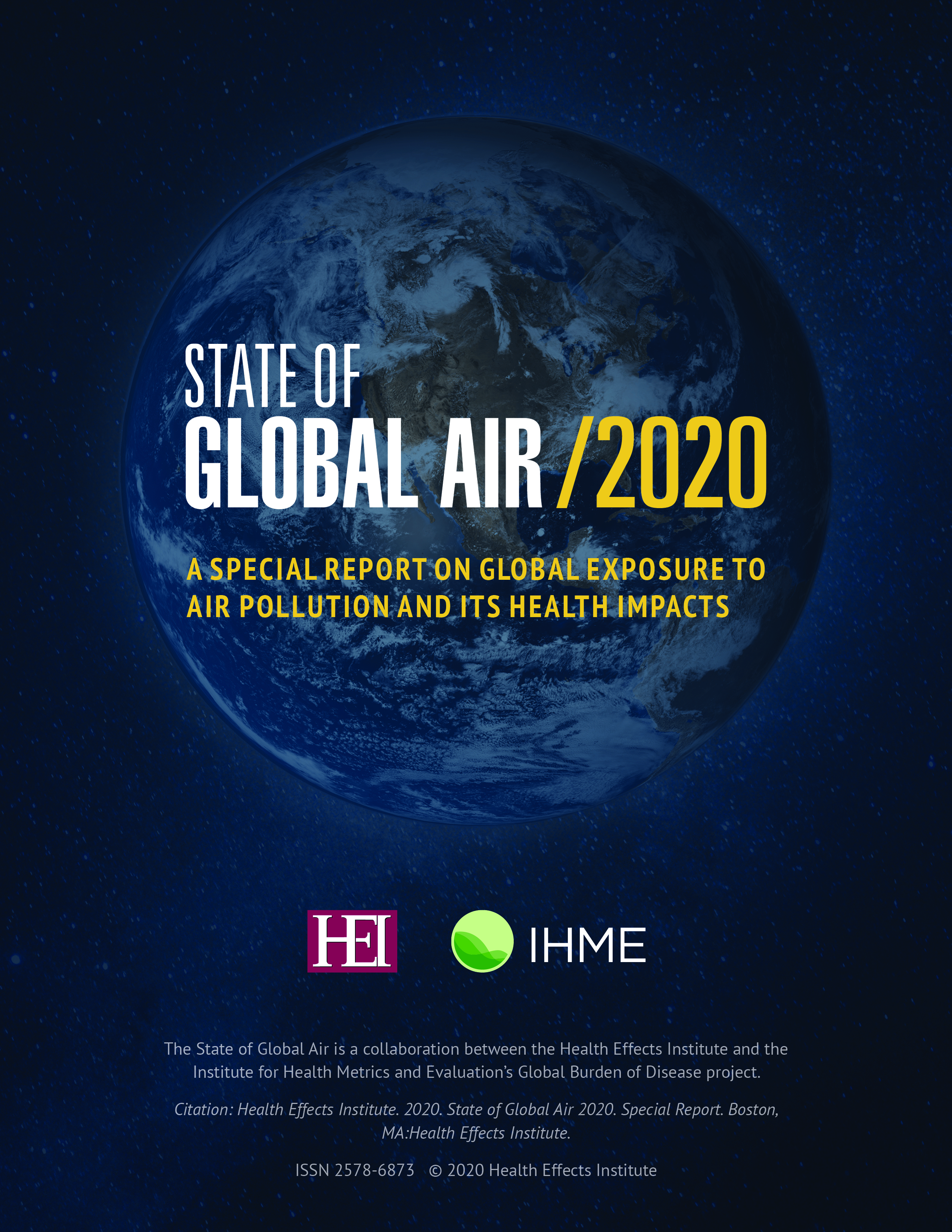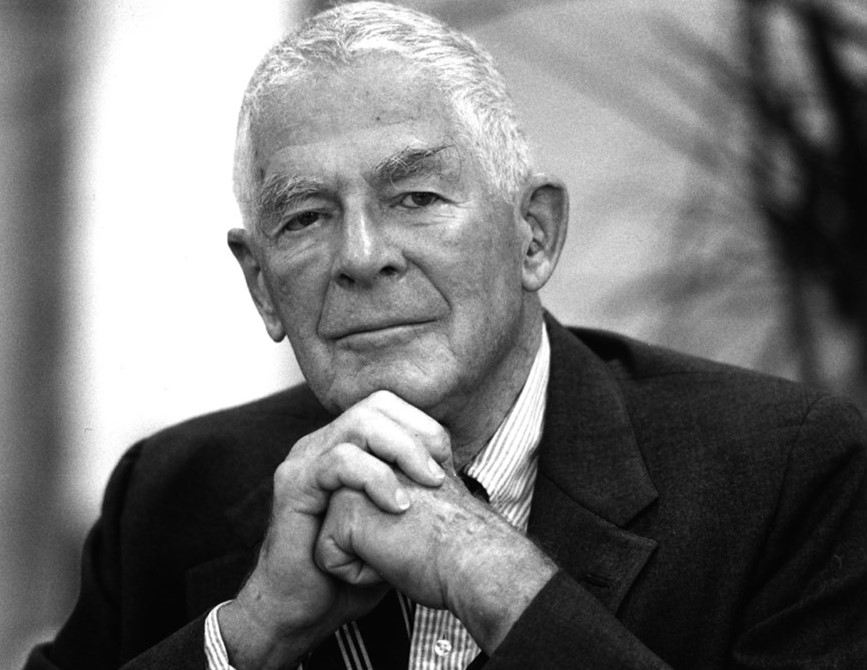Four Decades of Trusted Science
HEI was founded in 1980 on the heels of a tumultuous period, with great upheaval in the way Americans viewed science and the environment. In 2020, the country found itself in another time of uncertainty. While much has changed since HEI’s launch 40 years ago, the need for impartial, trusted science — the need for a common ground on which to base decisions — endures.
In this year’s annual report, we look to HEI’s past, present, and future to examine how investing in rigorous science can shed light on decisions with lasting impacts for our health, economy, and the world.
A Model That Endures – Because It Works
Rigor and independence are the central tenets of the HEI model. Read more
Thank You to Our Peer Reviewers in 2020
HEI thanks all the experts who offered their time and expertise, and provided thoughtful and high-quality comments and feedback on research applications as well as final reports. Read more
Section Overview
Vision for the Future
See our 5-year guiding vision and detailed plan for targeted air quality and health research and learn how we are working toward a more inclusive future. Read more
Science for Policy
Our funded researchers and network of leading air-quality experts offer a valued source of impartial science to inform often controversial policy decisions. Read more
Our Financials
Get details on our annual expenditures and funding support from government, industry, and foundation sponsors. Read more
Investing in Next-Generation Science
HEI’s research programs build upon the latest technological innovations in monitoring, modeling, and data analysis to advance insights on air pollution and health. Read more
Global Impact
HEI is advancing science on the burden, and sources, of air pollution around the world, especially in China, India, and other developing nations facing significant pollution challenges. Read more




